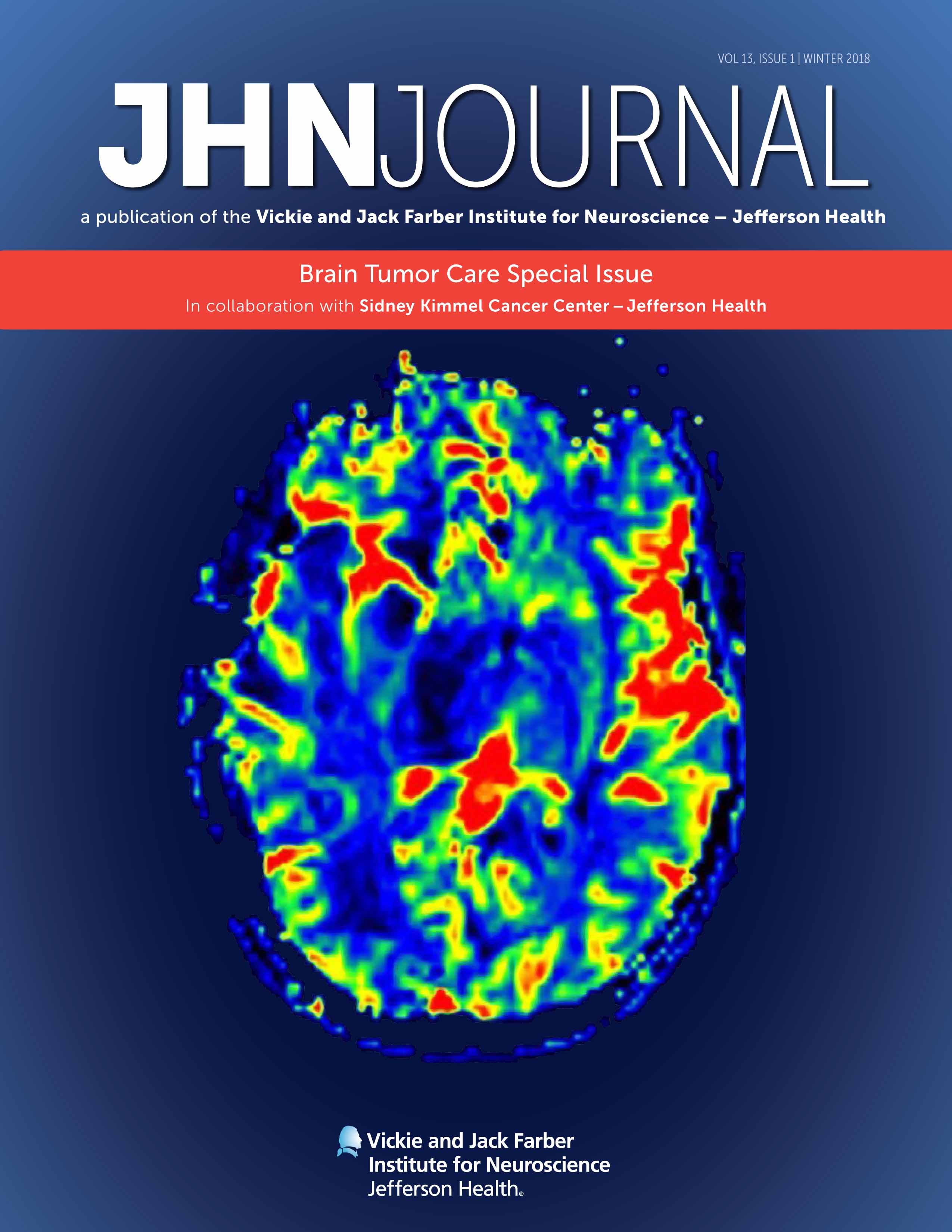Abstract
INTRODUCTION
In 2017, it is estimated that 26,070 patients will be diagnosed with a malignant primary brain tumor in the United States, with more than half having the diagnosis of glioblas- toma (GBM).1 Magnetic resonance imaging (MRI) is a widely utilized examination in the diagnosis and post-treatment management of patients with glioblastoma; standard modalities available from any clinical MRI scanner, including T1, T2, T2-FLAIR, and T1-contrast-enhanced (T1CE) sequences, provide critical clinical information. In the last decade, advanced imaging modalities are increasingly utilized to further charac- terize glioblastomas. These include multi-parametric MRI sequences, such as dynamic contrast enhancement (DCE), dynamic susceptibility contrast (DSC), diffusion tensor imaging (DTI), functional imaging, and spectroscopy (MRS), to further characterize glioblastomas, and significant efforts are ongoing to implement these advanced imaging modalities into improved clinical workflows and personalized therapy approaches. A contemporary review of standard and advanced MR imaging in clinical neuro-oncologic practice is presented.
Recommended Citation
Shukla, Gaurav; Alexander, G. S.; Bakas, Spyridon; Nikam, Rahul; Talekar, Kiran; Palmer, Joshua; and Shi, Wenyin
(2018)
"Advanced Magnetic Resonance Imaging in Glioblastoma: A Review,"
JHN Journal: Vol. 13:
Iss.
1, Article 5.
DOI: https://doi.org/10.29046/JHNJ.013.1.005
Available at:
https://jdc.jefferson.edu/jhnj/vol13/iss1/5

